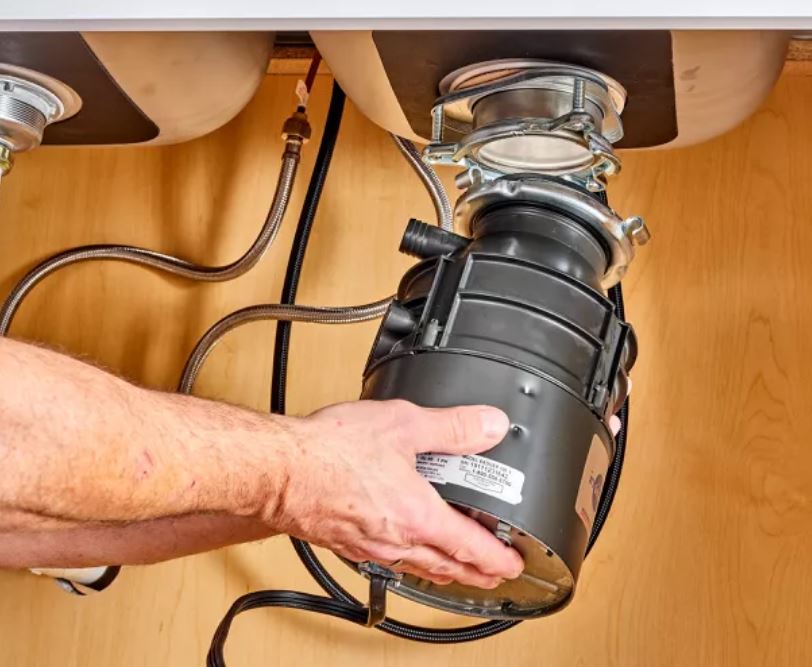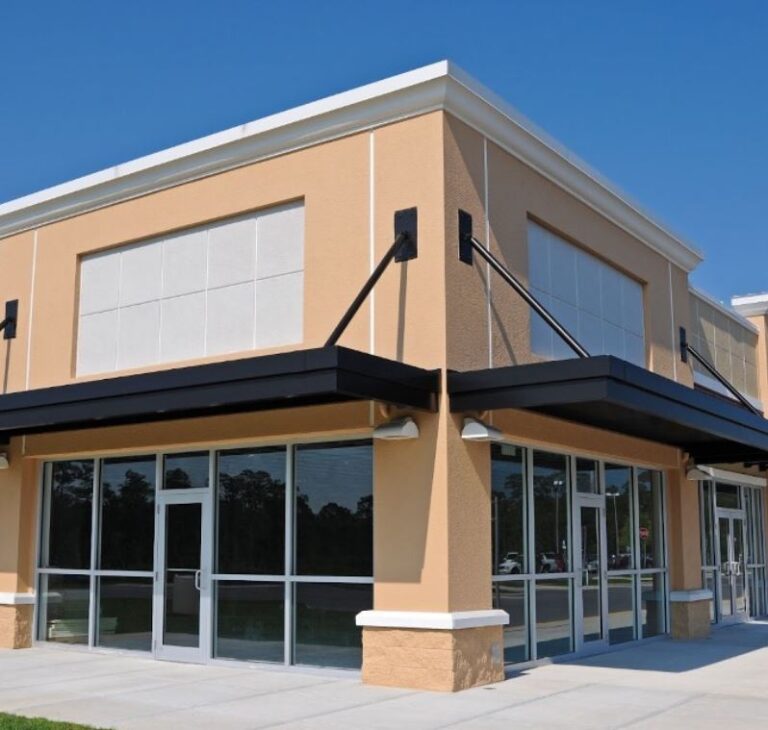Here’s Why Your Garbage Disposal Is Leaking – And How to Fix It
A leaking garbage disposal is more than just a nuisance—it can lead to water damage, foul odors, and even mold growth under your sink. If you’ve noticed water pooling beneath your disposal, it’s crucial to identify the source of the leak and fix it as soon as possible.
In this comprehensive guide, we’ll explore:
- The common causes of garbage disposal leaks
- Step-by-step troubleshooting to locate the leak
- DIY repair methods to fix it yourself
- When to call a professional
- Preventive maintenance tips to avoid future leaks
By the end of this article, you’ll have a clear understanding of why your garbage disposal is leaking and how to resolve the issue efficiently.
[ruby_related heading=”More Read” total=3 layout=1 offset=5]
1. Common Causes of Garbage Disposal Leaks
Before you can fix a leak, you need to determine where it’s coming from. Here are the most likely culprits:
A. Leaking from the Top (Sink Flange)
If water is dripping from the top of the disposal where it connects to the sink, the sink flange (the mounting ring) may be loose or damaged. Over time, the sealant (plumber’s putty) can degrade, allowing water to seep through.
Signs:
- Water dripping from the rim of the disposal
- A loose or wobbly unit
B. Leaking from the Drain Pipe Connection
The drain pipe (where wastewater exits the disposal) can leak if the connections are loose or if the gasket is worn out.
Signs:
- Water dripping from the side pipe
- A loose slip nut or cracked gasket
C. Leaking from the Bottom of the Disposal
If water is coming from the bottom of the unit, this usually indicates a serious issue—such as a cracked housing or a failed internal seal.
Signs:
- Water dripping from the base
- A malfunctioning disposal that won’t turn on
D. Leaking from the Dishwasher Connection
If your dishwasher drains into the disposal, the dishwasher hose connection might be loose or improperly sealed.
Signs:
- Water leaking only when the dishwasher runs
- A loose or misaligned hose clamp
2. How to Find the Source of the Leak
Before attempting repairs, you need to confirm where the leak is coming from. Follow these steps:
Step 1: Dry the Disposal and Pipes
- Wipe down the entire disposal, pipes, and sink area with a dry cloth.
Step 2: Run Water Through the Disposal
- Fill the sink with a few inches of water, then release it while watching for leaks.
- Alternatively, run the disposal while checking for drips.
Step 3: Check Each Connection Point
- Top (Sink Flange): Look for water seeping between the sink and disposal.
- Drain Pipe: Inspect the connection where the disposal meets the drain pipe.
- Dishwasher Hose: Check the hose clamp and connection.
- Bottom of the Unit: If water is coming from here, the disposal may need replacement.
3. How to Fix a Leaking Garbage Disposal
Now that you’ve identified the leak’s source, here’s how to fix it.
A. Fixing a Leaky Sink Flange
If the leak is coming from the top:
What You’ll Need:
- Plumber’s putty
- Screwdriver
- Adjustable wrench
Steps:
- Turn off power to the disposal (unplug or switch off the circuit breaker).
- Disconnect the disposal from the mounting assembly.
- Remove old plumber’s putty and clean the area.
- Apply fresh plumber’s putty around the flange.
- Reattach the disposal and tighten the mounting bolts.
- Test for leaks by running water.
B. Fixing a Leaky Drain Pipe Connection
If the side pipe is leaking:
What You’ll Need:
- Adjustable wrench
- Replacement gasket (if needed)
Steps:
- Tighten the slip nut with a wrench (don’t overtighten).
- If still leaking, replace the gasket inside the connection.
- Recheck for leaks after tightening.
C. Fixing a Leaky Dishwasher Connection
If the dishwasher hose is leaking:
What You’ll Need:
- Screwdriver
- New hose clamp (if needed)
Steps:
- Tighten the hose clamp with a screwdriver.
- If the hose is cracked, replace it.
- Run the dishwasher to check for leaks.
D. What If the Disposal Is Leaking from the Bottom?
If water is coming from the base:
- This usually means the unit is damaged and needs replacement.
- Attempting to repair internal seals is rarely cost-effective.
4. When to Call a Professional
While many leaks can be fixed DIY, some situations require a plumber:
✅ The disposal won’t turn on or makes grinding noises.
✅ The leak persists after tightening all connections.
✅ There’s significant corrosion or cracks in the unit.
5. Preventive Maintenance Tips
To avoid future leaks:
✔ Avoid putting grease, fibrous foods, or hard items (bones, fruit pits) in the disposal.
✔ Run cold water while using the disposal to keep seals tight.
✔ Clean the disposal monthly with ice cubes and baking soda/vinegar.
✔ Check connections periodically for looseness.
Final Thoughts
A leaking garbage disposal is a common but fixable issue. By identifying the leak’s source and following the right repair steps, you can save money and prevent water damage. If the problem seems too complex, don’t hesitate to call a professional.
Did you find this guide helpful? Share your experience in the comments or ask any questions below!







